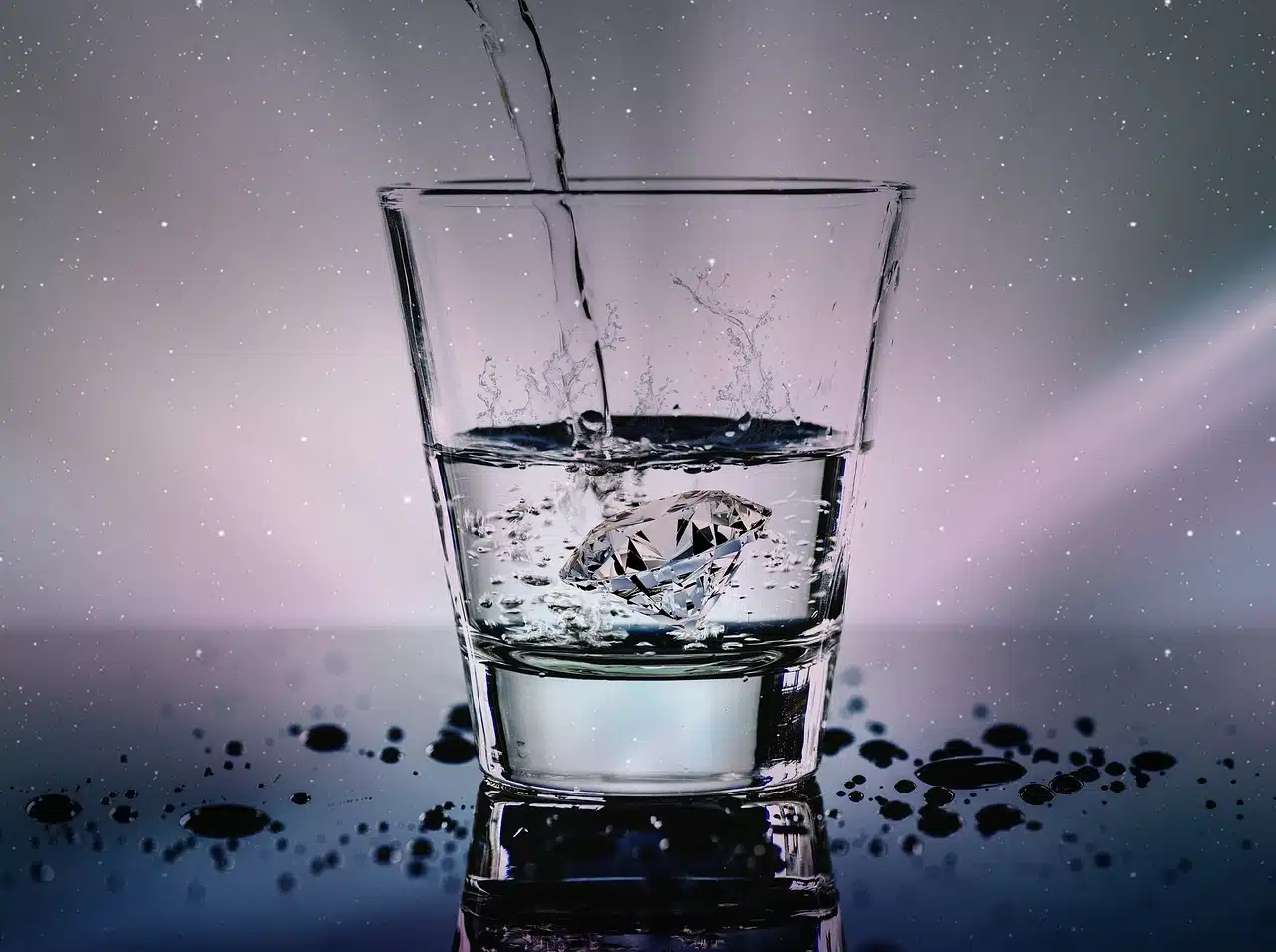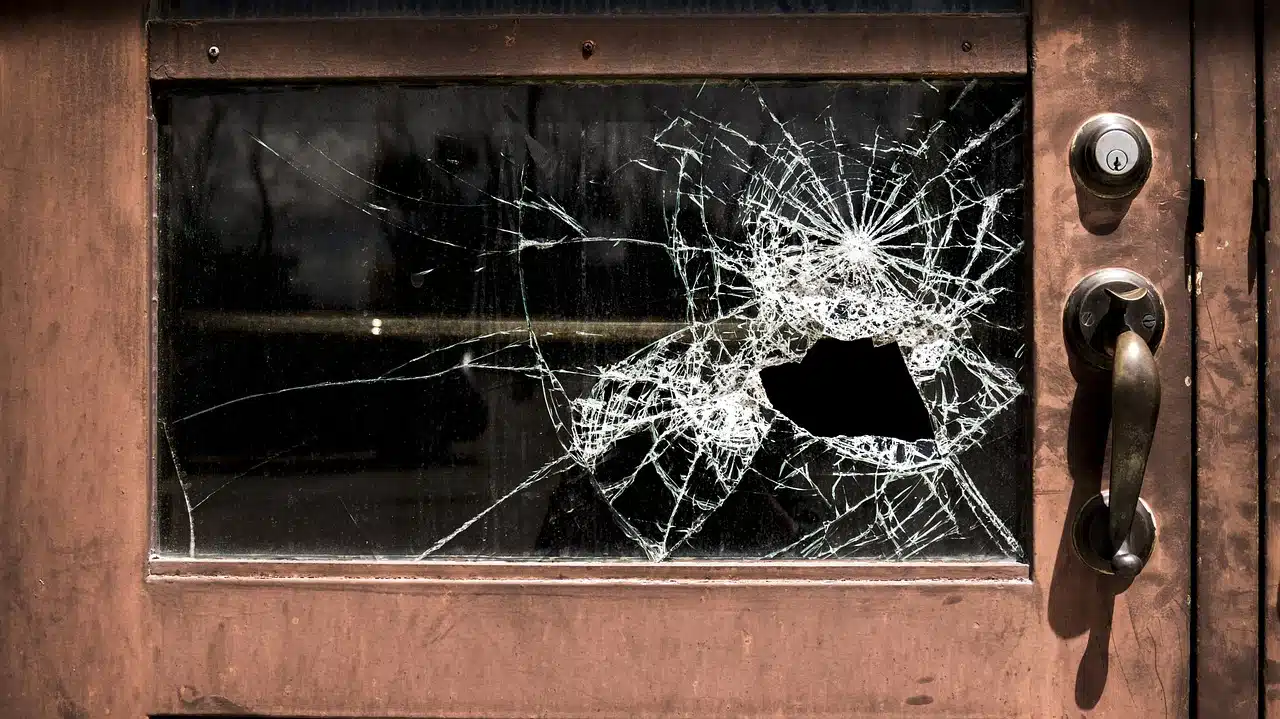
Glass is composed of limestone, silica sand and sodium carbonate.
Glass is a very hard material but, at the same time, is very fragile. It is inorganic, lacks a crystalline structure and usually allows light to pass through. To obtain glass (a term from the Latin vitrĕum ), it is necessary to fuse limestone, siliceous sand and sodium carbonate and mold the mixture at a high temperature.
Glass sheets are used for the manufacture of windows , doors, bottles and other products. It is important to differentiate between glass and crystal , since glass can be defined as an amorphous solid.
For example: "Be careful, don't cut yourself with those broken glass" , "Glass bottles are cheaper than plastic ones" , "I need very strong glass to make a table" , "I have to go buy new glass" since the window in the room was broken .
Types of glass
There are various types of glass:
- Sodium-calcium . In this specific case, the main component of glass is silica, although it also has calcium, which gives it chemical stability, and sodium , which is responsible for facilitating its fusion. Of this type of glass we can also highlight that it is the cheapest and the one that melts most easily.
- Of lead . Calcium oxide is replaced in this case by lead oxide, which means that the aforementioned material, although it is just as transparent as sodium-calcium, is identified by a series of characteristics such as a wonderful absorption of ultraviolet rays, a excellent insulating capacity and better ductility.
- Borosilicate . Its main components are silica and also boron, which means that among its hallmarks is that it is very resistant to sudden changes in temperature and heat. This fact is what leads to it being used in the preparation and production of utensils that are used both in laboratories and in home kitchen ovens.
- Of silica . Great hardness defines this type of glass, which of all existing glass is the most difficult to work with. As with the previous one, it has great heat resistance, which is why it is also used in the creation of instruments such as protection tubes or even in the lining of ovens .

Glass is hard and, at the same time, fragile.
Production techniques
The first products made from glass are believed to have been necklace beads . Around 1200 BC, glass making was very popular in Egypt and Mesopotamia .
An artisanal technique for the production of glass objects is blowing , which consists of generating air bubbles in the molten glass. For this, a metal tube is used that allows air to be injected into the material, either by using a machine or by blowing.
It should be noted that glass is a recyclable material , without losing its properties in the process and without limits to the number of times it is recycled. It is common for glass to be separated according to its color before being crushed and melted.
